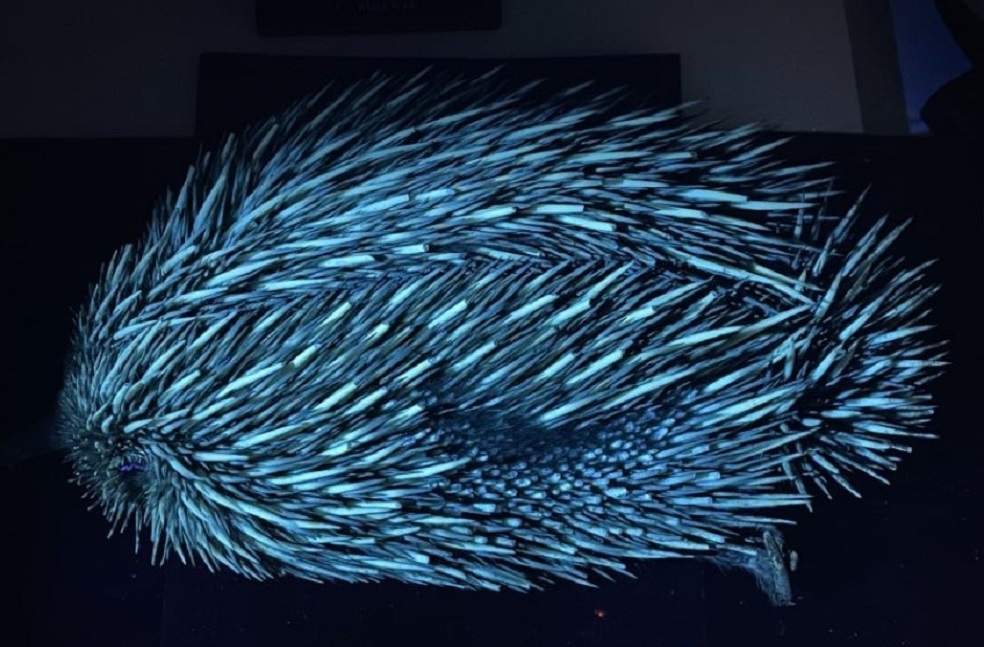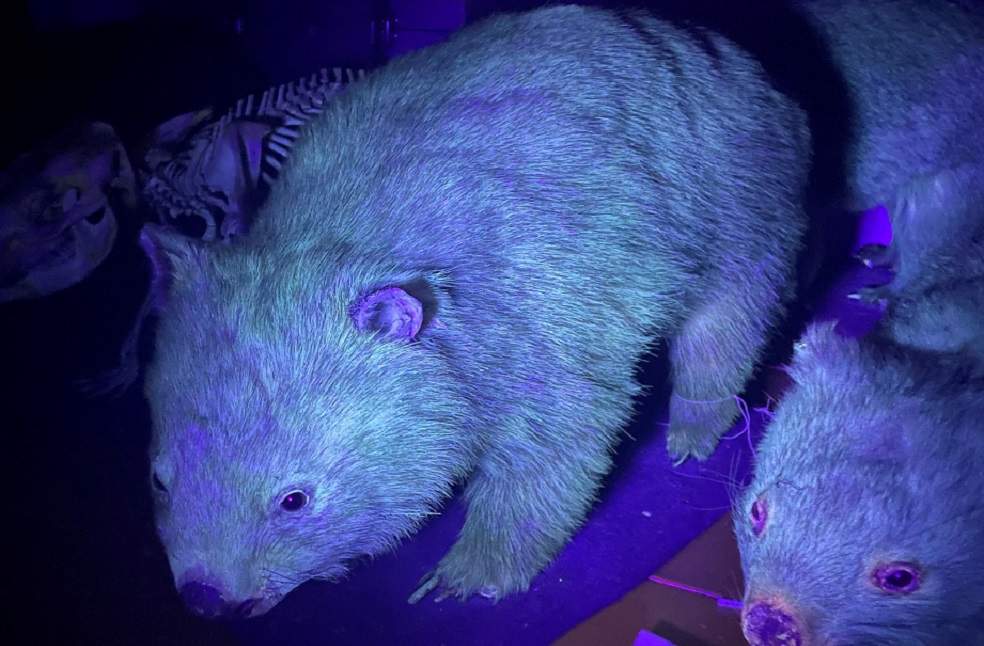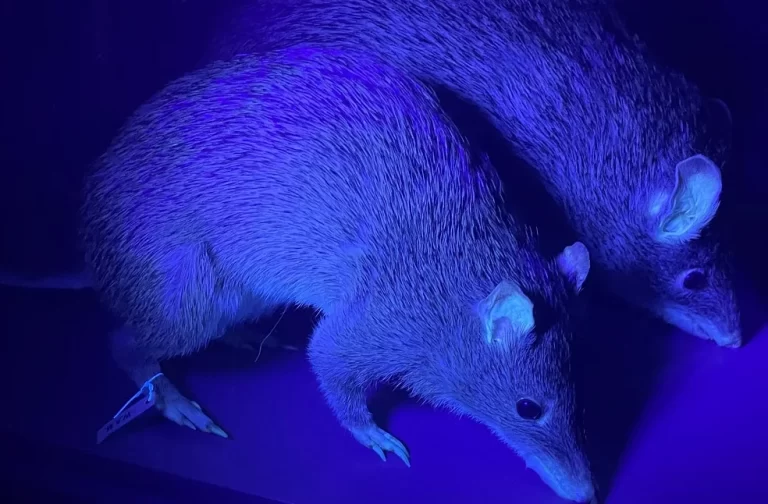United Kingdom: A new study has revealed that fluorescence in mammals is much more common than previously anticipated. In recent years, a luminous feature called fluorescence has been found in Australian marsupials, including platypuses, wombats, Tasmanian devils, and echidnas.
According to the latest reports, scientists believe that the quality is widespread across mammals after they studied 125 species and found that all of them showed some form of fluorescence. The researchers found that 107 of the 125 species had fur that glowed under UV light. The 125 species represent all 27 living mammalian orders and about half of all living mammal families.
The researchers noted that fluorescence was most common and intense among nocturnal species. It was also present in diurnal animals, which are active during the daytime, including the mountain zebra and the polar bear.

“We didn’t know that so many mammals had glowing skin or glowing fur,” Dr. Kenny Travouillon, curator of mammalogy at the Western Australian Museum and the study’s lead author, commented. Animals that are fluorescent appear to glow under UV light because proteins in their fur or skin absorb the radiation and emit it as visible light.
“The UV light hits the hair or skin, and proteins shift the light into the visible range. That’s why they appear blue, green, or even red,” Dr. Travouillon added. “All mammals, including humans, have fluorescent teeth, and many also have fluorescent nails,” the researcher remarked.
The researchers analysed a combination of preserved and frozen animal specimens, mainly from the Western Australian Museum collection, to find out that the glow wasn’t merely an artefact of the preservation process.

The study, published in the journal Royal Society Open Science, further noted that “preservation may play a part in the intensity of the fluorescence observed for some specimens.”
“But we did that for other animals, and we actually found the opposite; the brighter ones were actually the frozen ones, and preservation actually decreased the intensity of the fluorescence,” Mr. Travouillon said, citing the koala, Tasmanian devil, and echidna as examples.
“Fluorescence is unlikely to be important for some flying mammals, such as microbats, that use echolocation to navigate and locate prey,” the researcher team added.



